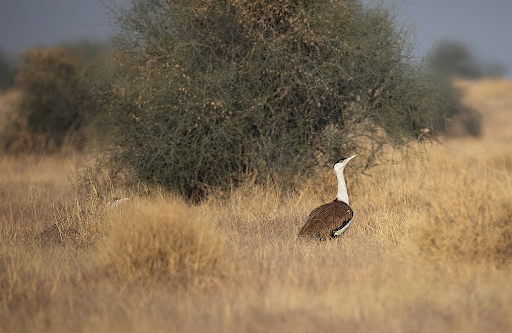




Source: HINDU
Disclaimer: Copyright infringement not intended.
A team of Indian researchers has recently rediscovered Typhloperipatus williamsoni a species of velvet worm after 111 years from the Siang Valley in Arunachal Pradesh.
|
Feature |
Description |
|
Taxonomy |
Belongs to the phylum Onychophora commonly known as velvet worms |
|
First Discovery |
Collected by Stanley Kemp in 1911 during the Abor expedition in Siang Valley, Arunachal Pradesh |
|
Age |
Considered among the oldest living fossils; evolutionary history dating back over 350 million years |
|
Morphological Traits |
Soft bodied, worm like organism with stubby legs and antennae; exhibits a velvety texture |
|
Habitat |
Moist, undisturbed tropical forests |
|
Distribution |
Endemic to northeast India; very limited population known |
|
Evolutionary Importance |
Molecular data suggests divergence from South American and African relatives 237 million years ago |
Velvet worms are rare, ancient invertebrates with unique biological traits often called living fossils.
|
Aspect |
Details |
|
Phylum |
Onychophora |
|
Common Name |
Velvet Worm |
|
No. of Species |
Around 200 globally, divided into 2 families: Peripatidae (tropical) and Peripatopsidae (temperate) |
|
Habitat |
Moist leaf litter, under logs and tropical/subtropical forests |
|
Distribution |
Found in Central & South America, Africa, Southeast Asia, and Australasia |
|
Physical Traits |
Elongated, segmented body; legs with claws; soft, velvety skin due to dense papillae |
|
Locomotion |
Unjointed legs (lobopods), moves like a caterpillar |
|
Feeding Mechanism |
Uses sticky slime to trap prey; ejects mucus like substance from oral papillae |
|
Reproduction |
Can be oviparous, ovoviviparous or viviparous depending on species |
|
Evolutionary Significance |
Shows features intermediate between annelids and arthropods; bridge between worms and insects |
Sources: HINDU
|
PRACTICE QUESTION Q. With reference to velvet worms consider the following statements:
Which of the statements given above is/are correct? A. 2 and 3 only Answer: C Explanation: Statement 1 is incorrect. They share traits with both annelids and arthropods but are not more closely related to annelids. Statement 3 is incorrect. They are also found in Africa and Southeast Asia including India. Statement 2 is correct. They capture prey with slime. Statement 4 is correct. Velvet worms are a transitional form. |






© 2026 iasgyan. All right reserved